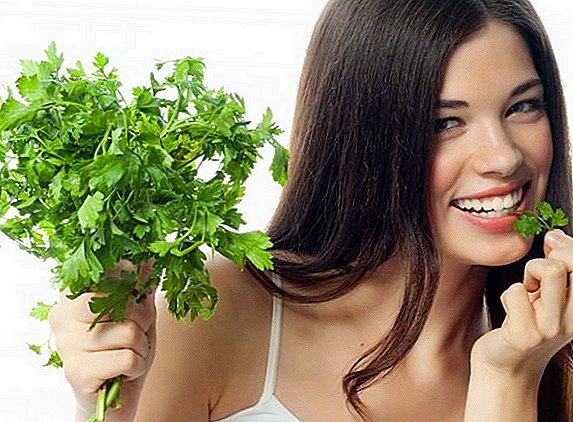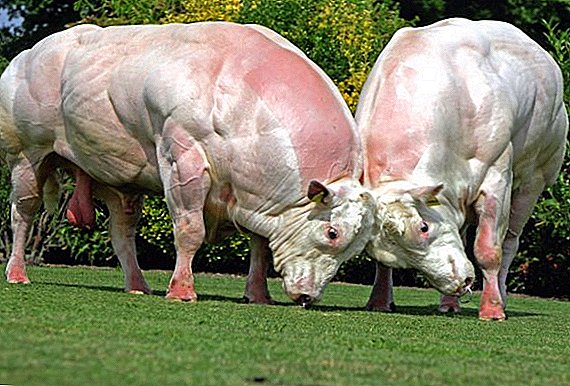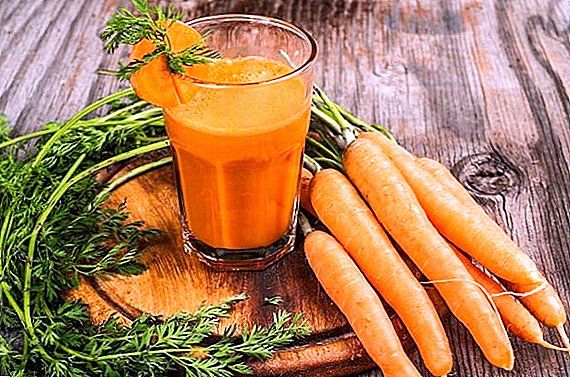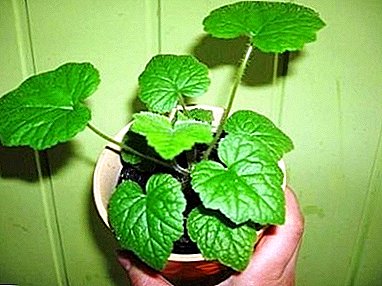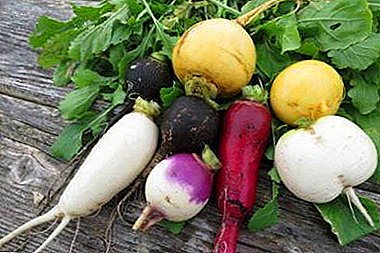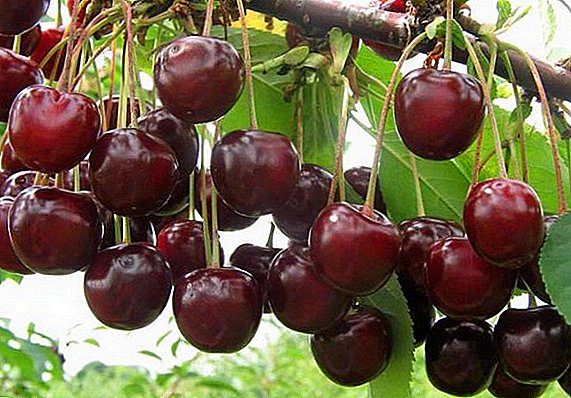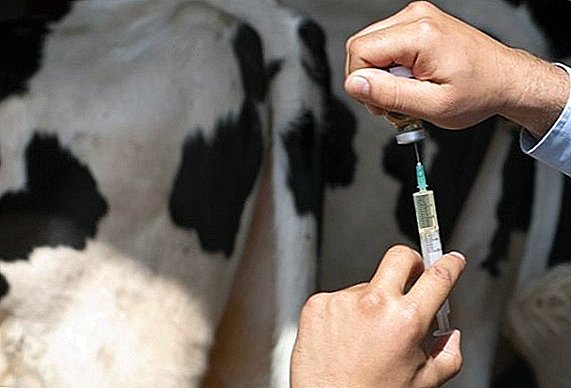 Buying honey always requires special vigilance. Choosing a bee product, you need to make the most of all the organs of instinct: sniff, taste, study color and texture. Although, let's be frank, these methods do not give the buyer complete confidence in the quality of the purchased goods. Modern falsifications look very natural, therefore, it is possible to expose an unscrupulous seller without using experts only with the help of ordinary iodine. How to do it correctly, as well as what the results of the experiment can be - we will tell later in the article.
Buying honey always requires special vigilance. Choosing a bee product, you need to make the most of all the organs of instinct: sniff, taste, study color and texture. Although, let's be frank, these methods do not give the buyer complete confidence in the quality of the purchased goods. Modern falsifications look very natural, therefore, it is possible to expose an unscrupulous seller without using experts only with the help of ordinary iodine. How to do it correctly, as well as what the results of the experiment can be - we will tell later in the article.
Unpleasant surprises in honey
Today, many seek to improve their health with natural products. Consequently, the demand for honey is growing, in the unique composition of which the entire periodic table is collected. A pot of this fragrant delicacy, for sure, there is in every kitchen. 
Did you know? In ancient Greece, the immortality of the gods was explained by their passion for ambrosia. This drink consisted of honey, milk and bee nectar. Pythagoras, Hippocrates and Aristotle spoke about the sweetness produced by bees extending the life.Based on this, unscrupulous sellers plant quality bee products with various improvised impurities, thus increasing its quantity. In the market you can be assured of the authenticity of the product, its high-grade and omnipotent healing power from all diseases. You should not believe such tales, it is better to make sure that you are dealing with real honey.
Very useful are such types of honey as chestnut, hawthorn, lime, rapeseed, buckwheat, coriander, acacia, sainfoin, phacelia, sweet clover.
After all, when checking in a fake, there may be particles:
- starch;
- flour;
- semolina:
- gelatin;
- boiled or raw water;
- sugar syrup;
- powdered sugar;
- molasses;
- saccharin;
- dandelion syrup;
- dried gum (traganta);
- wax;
- ash;
- soda;
- paste;
- clay;
- chalk;
- famous pushona;
- food thickeners and leavening agents;
- gypsum.
 Each of the added third-party ingredients has its own mission in reducing the cost of bee products, which will be realized at the price of natural. The fact is that these impurities do not have pronounced taste qualities and are easily transformed into a consistency convenient for the merchant. In addition, it is cheap and affordable carbohydrates. The most innocuous way honey fakes experts call "re-grading."
Each of the added third-party ingredients has its own mission in reducing the cost of bee products, which will be realized at the price of natural. The fact is that these impurities do not have pronounced taste qualities and are easily transformed into a consistency convenient for the merchant. In addition, it is cheap and affordable carbohydrates. The most innocuous way honey fakes experts call "re-grading."Important! The easiest way to fake light honey varieties.This is when cheap honey varieties give out for expensive. Often in such a role under the guise of sainfoin you can sell less healing goods. Worse, when it begins to be diluted with food and non-food additives. Among these, starch and flour, which contain amylose polysaccharides, are especially popular. Upon contact with iodine, they form blue clathrates. That is why this medical device is preferable as a test indicator.
How to check honey with iodine
If you do not have your own apiary and for honey you go to the market or to the store, then you definitely need to arm yourself with the following knowledge:
Important! High-quality natural honey must comply with the national standard DSTU 4497: 2005, which from third-party impurities provides only fine particles of dead bees, their larvae, honeycombs, pollen, plant fibers, ash and dust. In the presence of other impurities, the product is rejected..
Video: how to check honey iodine
What is needed
To carry out this elementary experiment you need to prepare:
- honey, the authenticity of which we will check;
- glass beaker;
- distilled water;
- iodine;
- vinegar.
Honey check
When this kit is assembled, you can proceed to direct verification.
Check out the best ways to check honey for naturalness.
It is carried out as follows:
- Heat water to 25-30 ° C.
- Fill it with a glass.
- Add a tablespoon of bee product and mix until dissolved. It is important that there are no lumps and clots in the tank.
- Add 2-3 drops of iodine to the vessel. Watch what is happening. The outcome of this experiment may be the appearance of a slightly blue color in the honey liquid or specific stains. These are clear signs of previously added starch or flour, which were used to increase the weight of the product or to disguise its deterioration.
- At the end of a drop in a glass a few drops of vinegar. Hissing and frothiness of the fluid will confirm the guesswork about chemical impurities. In this case we are talking about the presence of chalk, soda, gypsum, lime.
Important! When buying honey, never be tempted by its cheapness. Keep in mind that the process of making this delicacy involves a long cycle and certain costs. Therefore, a priori, such a product can not be cheap.Take into account that polysaccharides have a complex molecular structure. Often its terms can be cut off from each other. Therefore, the reaction with iodine does not always occur. Often this happens when honey is diluted with starch or flour and pasteurized.
 Heat treatment for a while gives the surrogate a natural and homogeneous consistency, and also prolongs its shelf life. After its expiration, this fake is likely to ferment. It should be understood that there will be no benefit from such honey, since even that small amount of useful substances derived from a natural product is destroyed in its composition when heated.
Heat treatment for a while gives the surrogate a natural and homogeneous consistency, and also prolongs its shelf life. After its expiration, this fake is likely to ferment. It should be understood that there will be no benefit from such honey, since even that small amount of useful substances derived from a natural product is destroyed in its composition when heated.How to check honey without iodine: evaluate the appearance
Once in the shopping mall, you are unlikely to start conducting experiments on the authenticity of goods with the participation of iodine. Therefore, it is a good habit to check the product certificate. From these documents you can learn about the quality, variety, dates of collection and geography of origin of the treat. Also, scrupulously examine it by external signs and do not refuse the test.
Did you know? According to legend, the aged Democritus decided to voluntarily die, denying himself food. To postpone his demise on holidays, he ordered a bowl filled with honey before him. Inhaling this scent, the ancient Greek sage could live up to 107 years without water and food.
Video: how to check the quality of honey at home
Here are the main characteristics of the bee product that should be checked before purchase:
Smell
Natural honey has a pronounced fragrant aroma. It can be weak or strong, but always pleasant, gentle and without external impurities.
It has long been known that beehives are small factories that produce very useful products, such as wax, zabrus, perga, pollen, propolis, royal jelly and bee venom.
Colour
Before going to the market or to the store, you should learn about the varieties of real honey and their characteristic color shades. For example, the buckwheat variety is brown, the floral color is golden yellow, the lime color is amber, and the mustard color is cream yellow. The unnatural whiteness of the goods should be alerted, which indicates the sugar syrup in the bee's diet. From such a product should not expect healing effect. Moreover, it is dangerous for people with high blood sugar levels.  According to the requirements of DSTU 4497: 2005, natural honey can be colorless, light yellow, yellow or dark yellow and dark with different shades. You can check it for sugar syrup and increased humidity outside the house with a special chemical pencil. For the experiment, you need to drop a sticky substance on your hand and draw a line on the drop. When a blue-purple color appears, the purchase should be abandoned. Note that sellers who are aware of this method of verification do not allow such tests.
According to the requirements of DSTU 4497: 2005, natural honey can be colorless, light yellow, yellow or dark yellow and dark with different shades. You can check it for sugar syrup and increased humidity outside the house with a special chemical pencil. For the experiment, you need to drop a sticky substance on your hand and draw a line on the drop. When a blue-purple color appears, the purchase should be abandoned. Note that sellers who are aware of this method of verification do not allow such tests.
Did you know? In Ukraine, the production of honey annually reaches 70 thousand tons, which allowed the country to head the list of European manufacturers and take 3rd place in the world. China is considered the world leader.
Transparency
Genuine product is characterized by transparency until the moment of crystallization. If in the summer you are offered to buy crystallized honey, look for a viscous liquid substance, since in this case you are faced with last year's product. Note that a real bee product forms crystals already at a temperature of 30 ° C, which is not enough for a surrogate.  Be sure to purchase when you try to rub a drop of goodies with your fingers. In the case of falsification, it is impossible to do this without specific pellets. Such lumps indicate an increased level of moisture. It can also be detected by dropping on a sheet of paper. Then the honey drop will be surrounded by a wet ring.
Be sure to purchase when you try to rub a drop of goodies with your fingers. In the case of falsification, it is impossible to do this without specific pellets. Such lumps indicate an increased level of moisture. It can also be detected by dropping on a sheet of paper. Then the honey drop will be surrounded by a wet ring.
Consistency
The naturalness of honey is measured by its viscosity. It can be liquid, medium or very dense, which depends on the maturity of the product. In any case, when you scoop a fresh product bee with a spoon, it should not flow to the sides like water. A sign of quality is the formation on the surface of the "church", which gradually levels off. Each variety has its own consistency.
Learn how to melt candied honey.Specialists in this regard are divided into 5 groups:
- very liquid - clover and acacia honey;
- liquid - lime, rapeseed, buckwheat;
- thick - sainfoin, dandelion;
- sticky - padevy;
- jelly-like heathy.
Important! The slower the honey flows in the jar, the less water it contains. This is a sign that he does not ferment. Also make sure that there is no white foam on the surface of the product, and light streaks in the depth.To verify the authenticity of the purchased product right on the spot, take a plastic bottle with drinking water and add the honey variety you like to the inside. If after mixing you get a homogeneous liquid without sediment and lumps, honey is worth buying.
 In the case when the seller will tell you about an unusual fashionable variety, which is guaranteed to save your family from all ailments, do not rush to buy. First, find out whether it is possible in this area bribes from similar plants and whether they exist in nature at all. Experts advise to purchase honey directly from friends of beekeepers. Therefore, if you have no such acquaintances yet, you should get them. Enjoy your shopping and be healthy!
In the case when the seller will tell you about an unusual fashionable variety, which is guaranteed to save your family from all ailments, do not rush to buy. First, find out whether it is possible in this area bribes from similar plants and whether they exist in nature at all. Experts advise to purchase honey directly from friends of beekeepers. Therefore, if you have no such acquaintances yet, you should get them. Enjoy your shopping and be healthy!Reviews from the network






